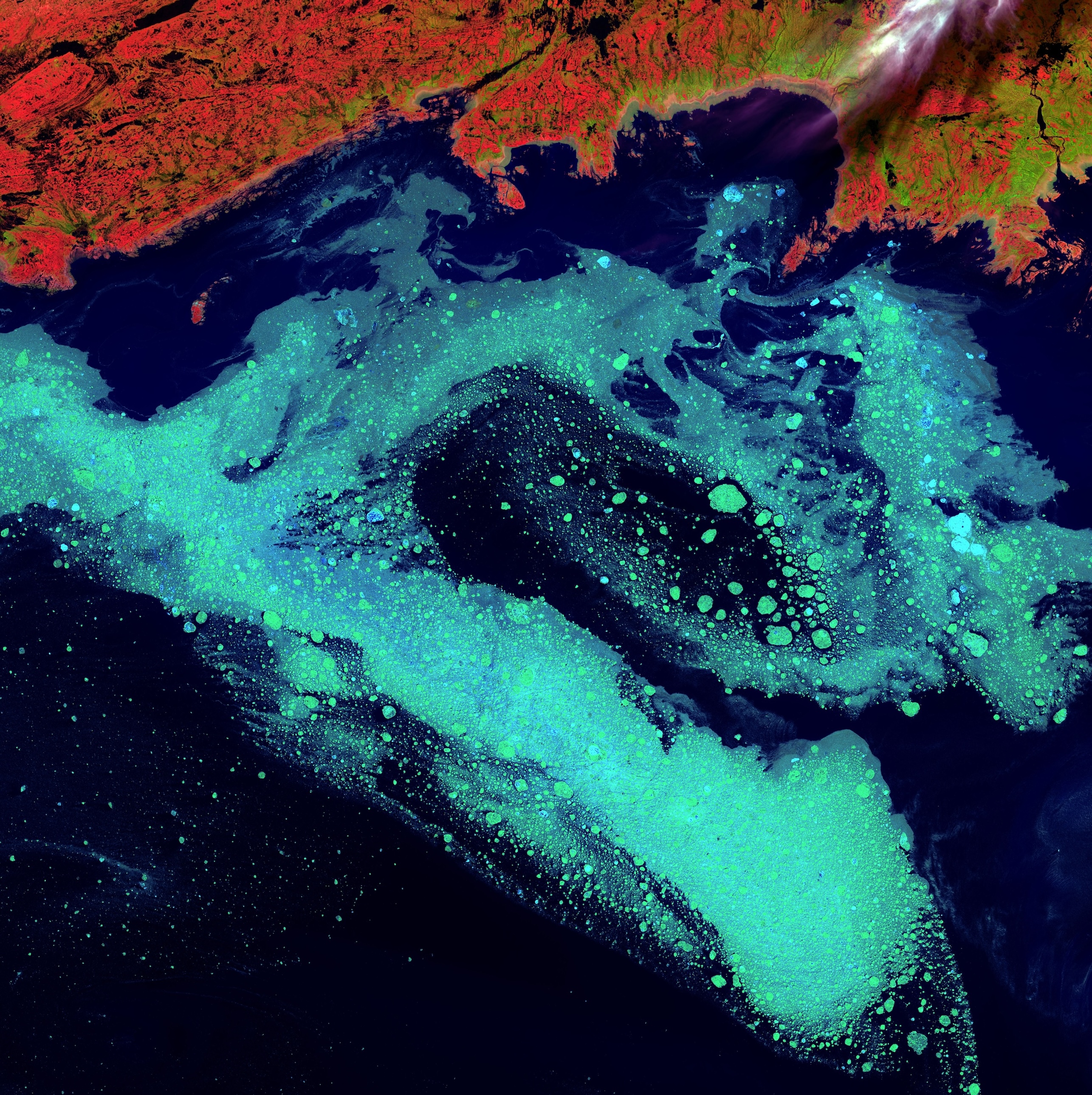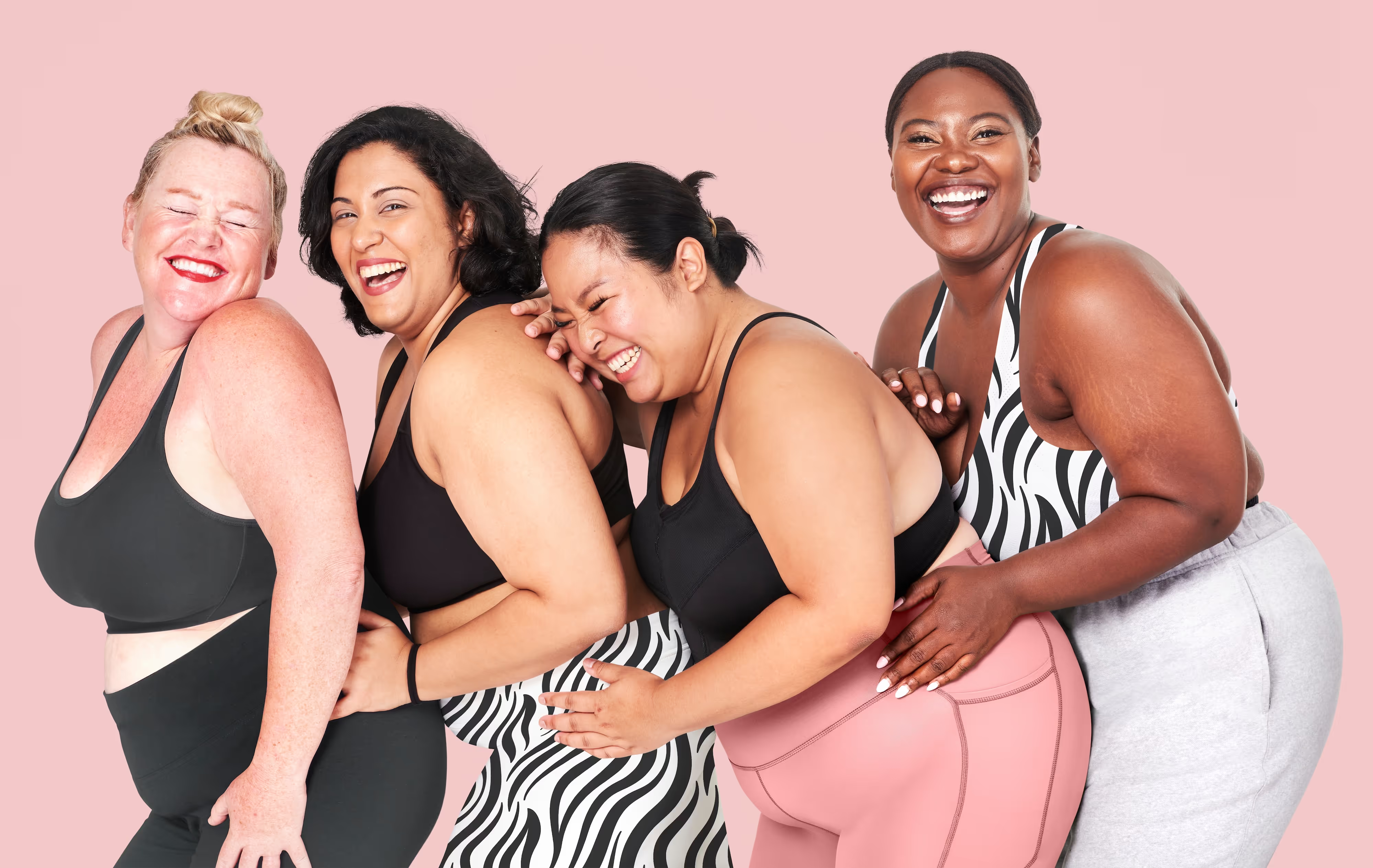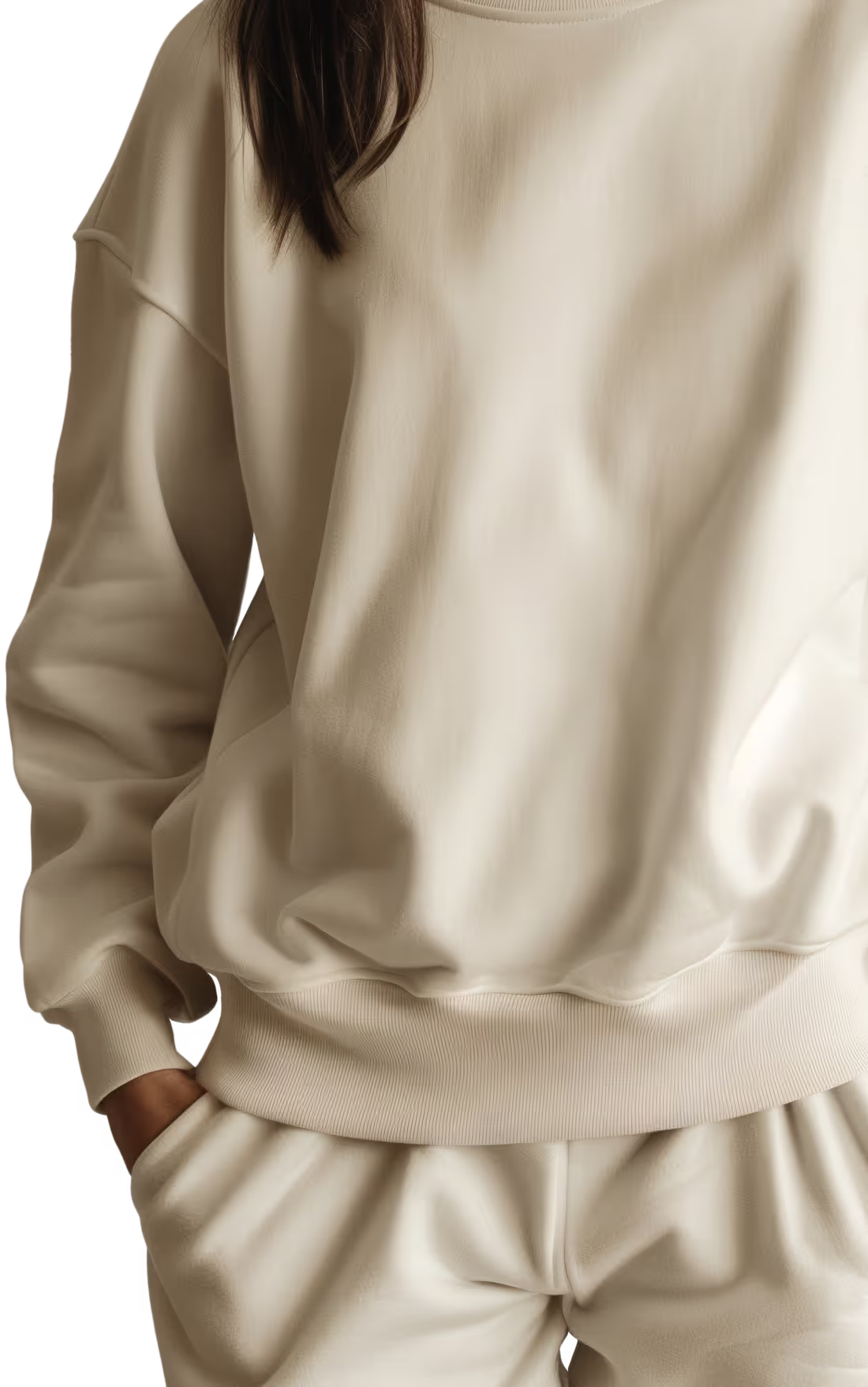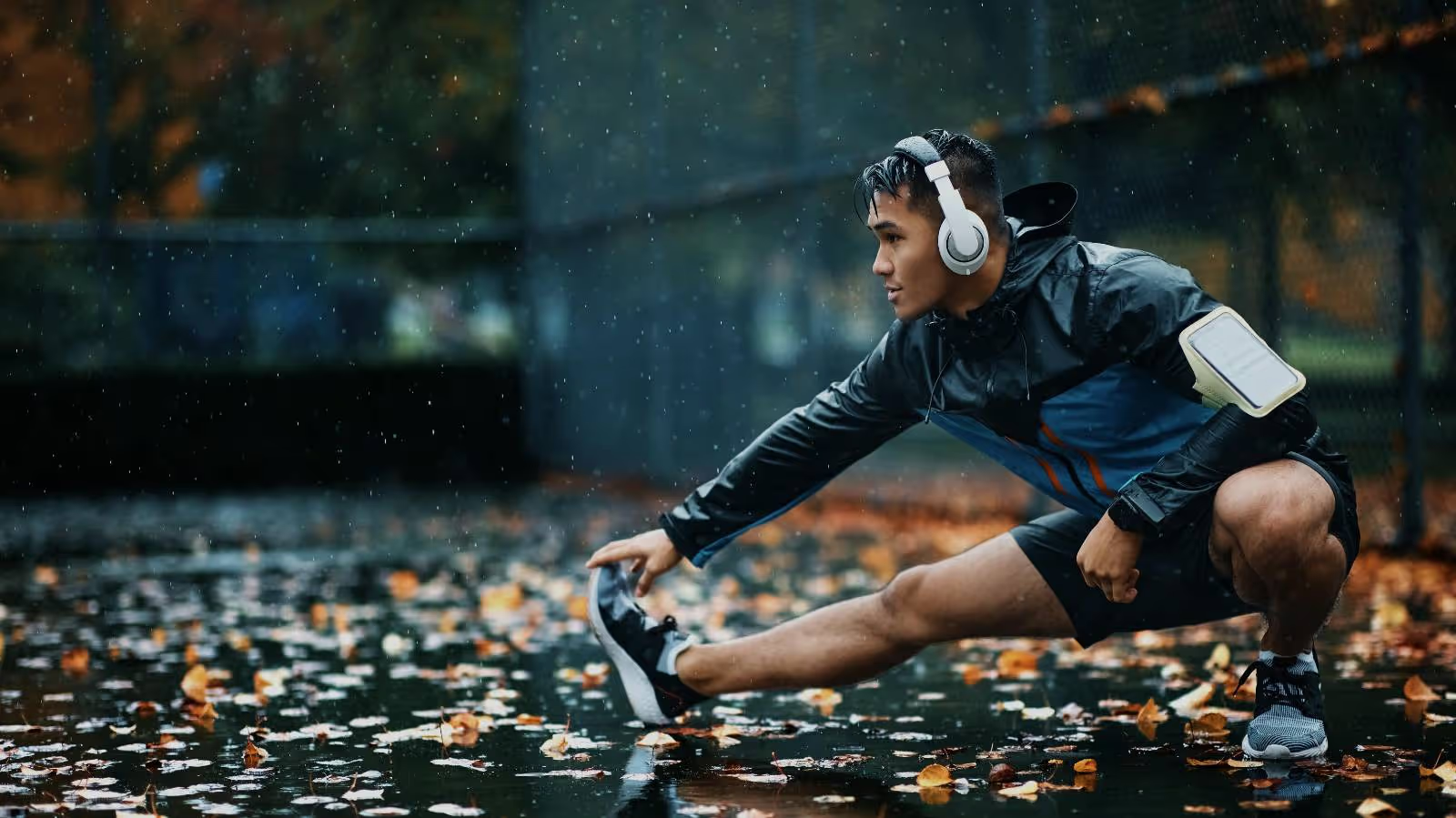

.svg)
Connect with us to learn more about our globally connected, state-of-the-art facilities and discover how we can drive your brand's success with our innovative, sustainable, and end-to-end fashion solutions.
ThreadIQ Ltd,
148 West 37th Street,
14th Floor,
New York, NY 10018
Ph: (646) 216-8336
???
ALPINE CREATIONS FZE
P.O. Box 17006
Jebel Ali Free Zone
Dubai, United Arab Emirates
P: +971-4-8816117
F: +971-4-8816372
PARADISE TEXTILES LTD
2306, A#, Jewel International Center
20 Middle of Dongting Road,
Xishan District, Wuxi City,
Jiangsu Province, China
P: +86-510-88279601
F: +86-510-88279617
ALEX APPARELS
Street No. 12, Plot No. 210
P.O. Box 23512
Amrya Public Free Zone
Alexandria, Egypt
P: +20-3- 4500227
F: +20-3- 4500184
UNITED CREATIONS LLC
Plot #614, Block #5
Ad-Dulayl Industrial Park (QIZ)
P.O. Box 54, Post Code: 13136
Ad-Dulayl, Amman, Jordan
P: +962-53825656
F: +962-53825655
ALPINE CREATIONS PTE LTD
111 North Bridge Road
#12-01 Peninsula Plaza
Singapore 179098
P: +65-6334 1011
F: +65-6334 7797
ALPINE CREATIONS VIETNAM CO, LTD
3F, Lot III-26, Street No. 19/5A
Industrial Group III,
Tan Binh Industrial Park
Tay Thanh Ward, Tan Phu
Ho Chi Minh, Vietnam
P: +84-28-3535693
PARADISE TEXTILES LIMITED
18F, No 97, Sec-4
Chongxin Road
Sanchong District
New Taipei City 24161
Taiwan (R.O.C.)
P: +886-2-8972-6852
F: +886-2-8972-8550
Partner mill fabric manufacturing
Partner mill fabric manufacturing
Apparel manufacturing through collaborative partners
Apparel manufacturing through collaborative partners
40
+
15
+
16.5
K+
50
M
25
+

Women’s
Leggings: Compression / high impact
Women’s & Men’s
Tees & tanks: Feature-rich items / fabrications – storage, quick dry, thermoregulation
Jackets: Performance features with integrated hidden storage, quick-dry technology, and thermoregulation, including lightweight running and quilted-hybrid options
Shorts
Base layer tops & bottoms


Women’s & Girls’
Leggings: Low impact, novelty textures
Skorts / skirts / dresses: Tennis-esque
Women’s, Men’s & Kid’s
Tees & tanks
Pants & shorts
Hoodies & joggers

Women’s, Men’s & Kid’s
Tees & tanks
Jackets
Button-downs
Pants & shorts

Women’s, Men’s & Kid’s
Coats and jackets